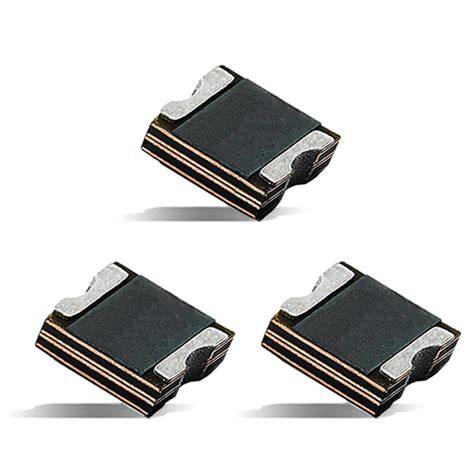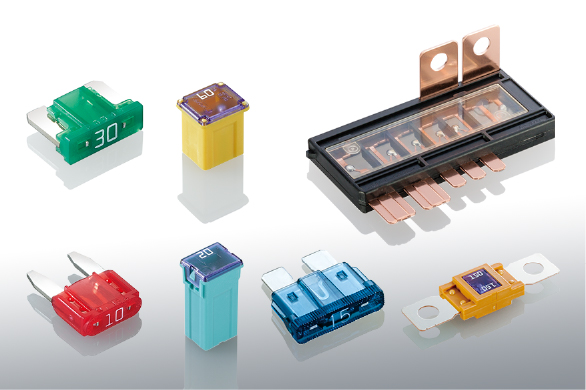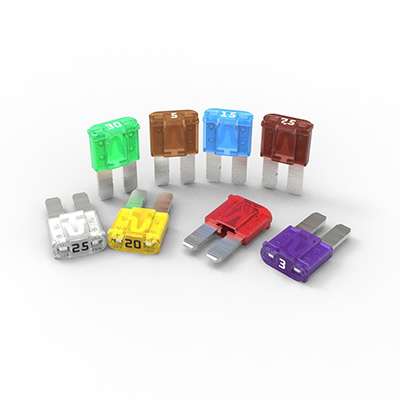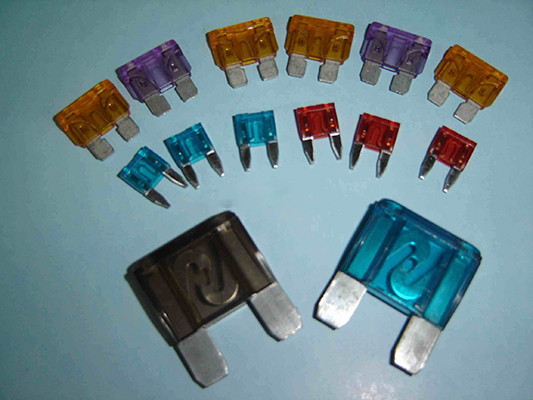Glass Fuses in Car Brake Light Circuits: Key Roles and Benefits
News 2025-10-27
Glass fuses serve as vital protective elements in automotive electrical systems, especially in circuits for brake lights. These devices are designed to safeguard against overcurrent by melting a internal wire when excessive electricity flows, thus preventing potential damage or hazards. In the context of car brake light circuits, they ensure that when the brake pedal is engaged, the lights function reliably without risking short circuits that could affect safety. Their compact design and ease of integration make them a standard choice in vehicle manufacturing, contributing to overall system integrity and driver safety.

Applications in Brake Light Circuits
Glass fuses are widely applied in automotive lighting systems, particularly for brake lights, where they protect wiring from faults caused by wear or accidents. Typically installed in fuse panels or directly within circuits, they handle the moderate current demands of brake light bulbs, usually ranging from 5 to 15 amps. This setup allows for isolated protection, meaning a failure in the brake light circuit does not impact other vehicle functions like headlights or signals. In modern cars with advanced electronics, glass fuses provide a simple yet effective barrier, ensuring compatibility with digital controls and enhancing overall reliability in daily driving scenarios.
Performance Advantages of Glass Fuses
Glass fuses offer distinct benefits in car brake light applications, including fast melting times that quickly interrupt faulty circuits and reduce the risk of fire or component failure. Their transparent design facilitates easy visual checks, allowing quick identification of issues without specialized tools, which is advantageous for both professionals and DIY enthusiasts. Additionally, these fuses maintain low resistance, preserving voltage efficiency and ensuring brake lights shine brightly when needed. Built to withstand automotive stresses like temperature fluctuations and vibrations, glass fuses deliver consistent performance, making them a durable option that supports long-term vehicle safety and operational efficiency.
Frequently Asked Questions
1. What amperage is common for glass fuses in brake light circuits?
Answer: Typically, 10-15 amps, based on the vehicle’s make and model to match the circuit’s load.
2. How do I check if a glass fuse has blown?
Answer: Inspect the fuse visually for a broken wire inside the glass; a multimeter can confirm by testing for continuity.
3. Can glass fuses be used in all types of vehicles?
Answer: Yes, they are versatile for most cars, trucks, and motorcycles, but always refer to the vehicle’s manual for specific recommendations.


